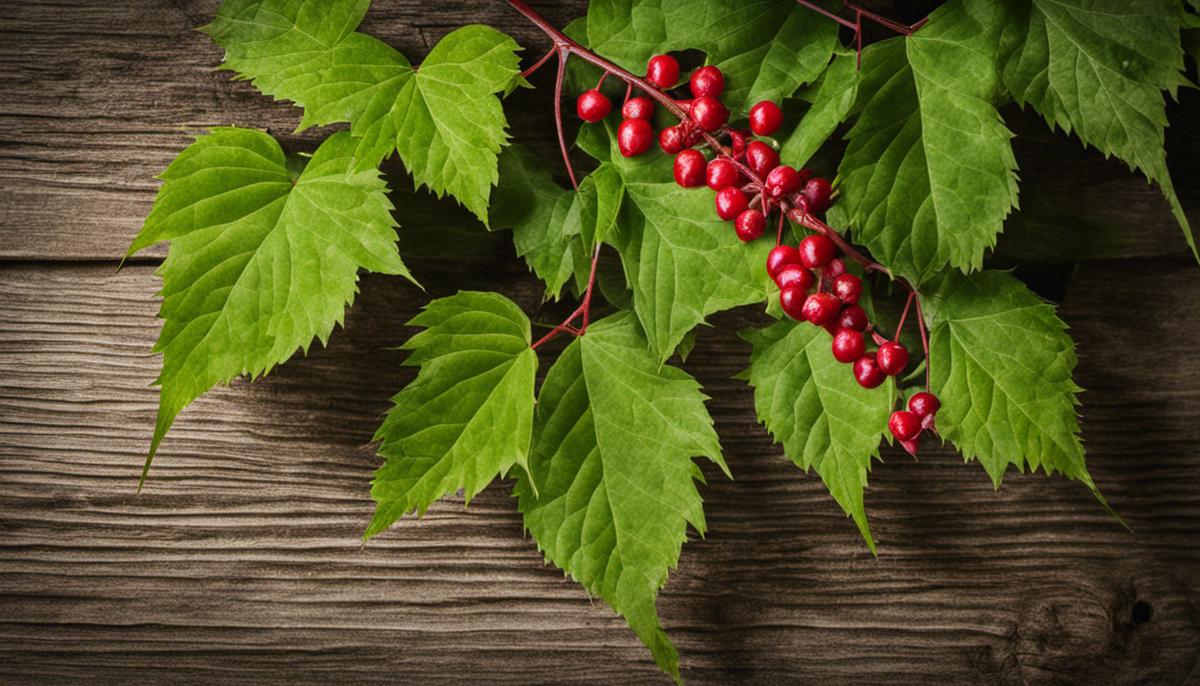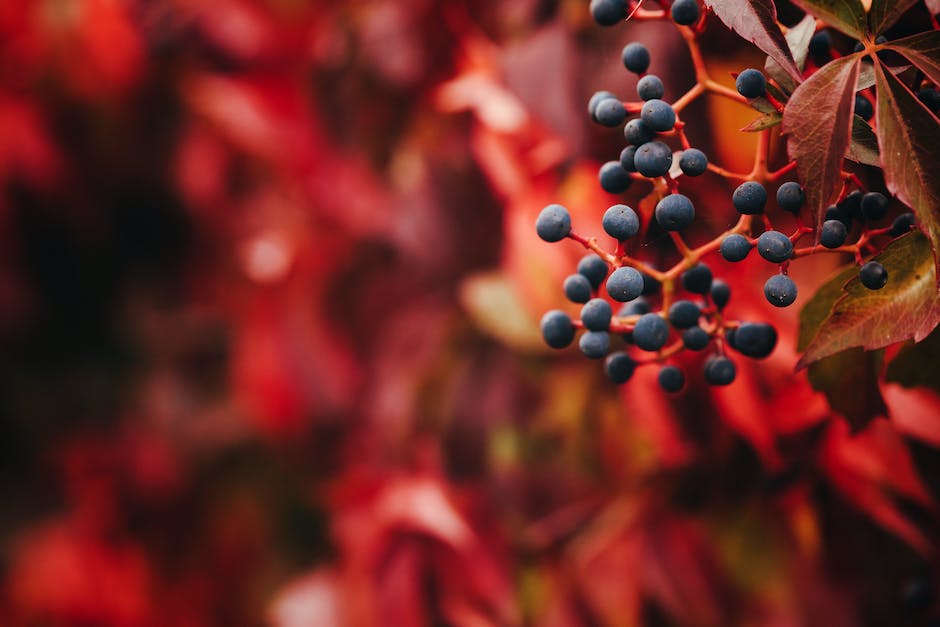Eliminate Virginia Creeper: Key Methods Explained

Virginia Creeper may appear as an innocuous trailing vine, but when left unchecked it can quickly become a garden nemesis. Known for its aggressive growth habits, this plant can overtake and potentially damage home landscapes, other beneficial plants, and native ecosystems. For these reasons, the understanding of this plant and its effective management have become imperative to many homeowners. This discussion will delve into the details of Virginia Creeper, explaining its behavior, reasons for its invasiveness, and potential harmful effects. Furthermore, various removal methods, both manual and chemical, will be explored with a close look into the necessary tools, safety measures, and timing.
Understanding Virginia Creeper
Raise your hand if you love gardening! It’s an incredibly fulfilling hobby, isn’t it? Plowing the ground, savoring the sun, and watching your hard work flourish into a beautiful collection of blossoms, trees, and shrubs. Marvelous! However, anyone who has invested time into cultivating a beautiful backyard knows that it’s not always a bed of roses, especially when the dreaded Virginia Creeper decides to invade.
Let’s dive in to understand what Virginia Creeper is and why it’s the gardening foe you need to be vigilant about.
Virginia Creeper (Parthenocissus quinquefolia), a harmless-looking and fast-growing vine, is native to the eastern and central United States. While it can be appreciated for its vibrant, crimson autumn leaves and ability to climb tall trees without causing much harm, it perhaps brings more trouble than beauty to your precious garden space.
What seems problematic about the Virginia Creeper? One may wonder. Despite its aesthetic appeal, Virginia Creeper fits the description of an intruder, one that’s hard to shake off. With its prolific growth and endurance, it outcompetes other plants for sunlight and resources, potentially choking out the plants you’ve carefully nurtured over months or even years.
The Virginia Creeper is notorious for its invasive nature. Armed with adhesive pads at the end of its tendrils, it can adhere to virtually any surface which allows this tenacious vine to climb up high or drift sideways, claim any open space, and spread with relative ease and efficiency. Hence, it’s no surprise your beautifully manicured gardens, walls, or fences might quickly get overwhelmed if this plant decides to set up house.
What adds to the problem is the Virginia Creeper’s resilience. It survives in different types of soils, copes with varied light conditions, resists pests, and can withstand harsh winters. This strong will to survive makes it a persistent adversary for your garden.
Another crucial point to consider is that while Virginia Creeper might look harmless to humans, it can cause discomfort. The sap of this plant contains oxalate crystals which can cause skin irritation, itching, and rashes upon contact. Hence, it’s particularly important for those with sensitive skin to stay clear of these fast and furious creepers.
In the gardening world, the mantra is always to plan for the plant you want, not weed out the one you don’t. Empowered with this knowledge, we all can make conscious choices about what to let into our garden sanctuaries and what to keep out. Recognize Virginia Creeper for what it is, and be ready with your garden shears – always. Remember, even the most beautiful of plants can sometimes become the most tiresome.
Happy gardening!

Manual Removal of Virginia Creeper
Having understood the persistent nature of the Virginia Creeper, it’s indeed vital to know the appropriate way of its removal. Understanding how to manually remove this tenacious intruder will bring relief to both the gardener and the garden itself. Taking precautions is purposeful – both for avoiding possible skin reactions and preserving the rest of our cherished garden.
Notice first the leaf-lobes of the Virginia Creeper before getting started. They’re ovoid in shape and usually come in clusters of five. Also, pay special attention to its tendrils as they end up in adhesive-like discs, which it uses to climb up surfaces.
Before you get your hands dirty, don’t forget the cardinal rule of gardening–gear up! Wear long sleeved gloves and cover every inch of your skin to protect against the plant’s sap, which can cause irritation. Using protective eyewear is also a must, to safeguard your eyes from any accidental brush against the Virginia Creeper. Remember – it’s always safety first!
Next, it’s essential to pick the right tools. A strong pair of pruning shears will come in handy. These will allow for a clean cut and prevent any unneeded damage to the soil or the surrounding plants. A spade or a shovel would be ideal for digging up the roots, considering the Creeper’s resilience.
Now that you’re all set, you can start the removal process. Cut the vines at the root point, about two inches above the ground. Dispose of all cut vines properly, as these can easily root in your compost pile or elsewhere. Immediate disposal prevents its incidental spreading.
Then, with deft use of your shovel or spade, start digging around the base of the plant to unearth its root system. Be meticulous! The key here is being thorough, as any leftover roots may lead to a vicious regrowth.
Lastly, monitor the area vigilantly—a gardener’s job is never done. In the following weeks, keep an eye for any new growth. Should you spot one, remove it immediately to prevent it from establishing a new root system.
Manual removal of Virginia Creeper may not be an easy task, but with the right knowledge and tools, it’s doable and successful. Be protective of your hard-earned green sanctuary. Happy Gardening!

Chemical Control of Virginia Creeper
Attacking Virginia Creeper with Chemical Solutions
After understanding the terrain in the battle against Virginia Creeper, we now turn to the deployment of your chemical arsenal. For those stubborn cling-ons, or infestations that have gotten out of hand, chemical solutions can be your ace in the hole. Armed with the right arsenal, even this invasive enemy can be sent packing!
First and foremost, seek out a quality herbicide specifically designed to handle Virginia Creeper. Many garden centers or online shops carry these products. The brand doesn’t matter as much as the active ingredient. Look for herbicides that contain glyphosate or triclopyr. These herbicides work by attacking the plant systemically, killing it down to the root.
Timing holds paramount importance for successful chemical warfare against this plant. Spray it in late summer or early fall, when the plant is in an active growing phase, absorbing nutrients that will take the herbicide deep into its system. Also, a light wind-free day would be ideal to prevent the spray from drifting onto other desirable plants.
When spraying the herbicide, aim directly at the leaves. The large, dragon-like palmate leaves of the Virginia Creeper will absorb the chemical, passing it along to the rest of the plant, including the roots. With some luck, this will effectively kill even the most determined specimen.
Afterward, keep a close watch to see if the creeper’s color starts changing. In successful cases, the leaves will transform from a healthy green into a droopy brown, before falling off completely. It might take multiple applications, depending on how mature and robust the creeper is, but be persistent.
In the following spring, keep an eye out for any fresh growth. If the pesky creeper peeps up, spray any new growth to nip it in the bud. Slowly but surely, the persistent chemical warfare will wear down even the most resilient Virginia Creeper.
One word of caution though, while herbicides are an effective tool, they must be used responsibly. Keep in mind the possible environmental implications. Always follow the manufacturer’s recommendations for usage and disposal, to keep both your garden and the planet healthy.
Now, dear garden warriors, with this chemical artillery in your grasp and the knowledge to use it effectively, the victory over Virginia Creeper is well within reach. Reclaim your garden with flair and preserve its beauty for future generations to enjoy! Let’s redefine gardening as the act of nurturing nature, not wrestling with it, and may the best gardener win!

Ultimately, battling Virginia Creeper involves more than just tugging at its tendrils. Whether using gloved hands to pull them away or employing potent herbicides, the process requires an understanding of the plant and a thoughtful, strategic approach. This treatise aimed to equip you with the knowledge you need to launch a successful removal campaign. Always bear in mind the importance of safety precautions, especially when using chemicals, and keep a close watch for any new growth. With persistence, your backyard can be rescued from the creeping grip of this tenacious vine.



